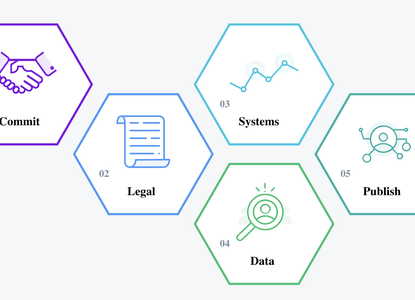Making central beneficial ownership registers public
Help us understand how you are making use of resources from the Open Ownership website by filling out this short survey
Publication type
Briefing
Publication
Sections
Implementation,
Research
Open Ownership Principles
Central register,
Access
Summary
Please note: The HTML version contains updates made in 2023 that are not reflected in the PDF version. Please refer to the online version, accessible through the menu on the left, where possible.
This policy briefing outlines the benefits that arise from making a beneficial ownership register public, and looks at how different user groups are better able to use such data.
It argues that there is sufficient evidence for policymakers to act on the understanding that a public register will serve the public interest. Outlining key considerations for implementers, this policy briefing helps devise effective and safe beneficial ownership transparency regimes.
Key points
- Whilst the body of evidence supporting the effectiveness of public registers over closed registers is still emerging, there are sufficient reasons to state that public registers serve the public interest.
- Making BO registers public gives a number of user groups access, which generates a range of benefits contributing to various policy areas such as fighting financial crime and procurement accountability.
- Implementing countries first need to collate data in a central register. This register should be freely accessible without barriers to access, such as fees and restrictive licensing, as these adversely affect data use.
- In terms of legislating for public access, implementation across the globe has shown that the disclosure of BO can be readily accommodated alongside data protection and other relevant obligations.
- It is important that the justification and proportionality of BOT are tested in an environment of forever-increasing data. The outcome of current and future court cases against public registers will no doubt have an impact on the debate.
- Giving due considerations to the concerns as well as the range of benefits will enable implementers to devise an effective and safe BOT regime that is appropriate for their context.


